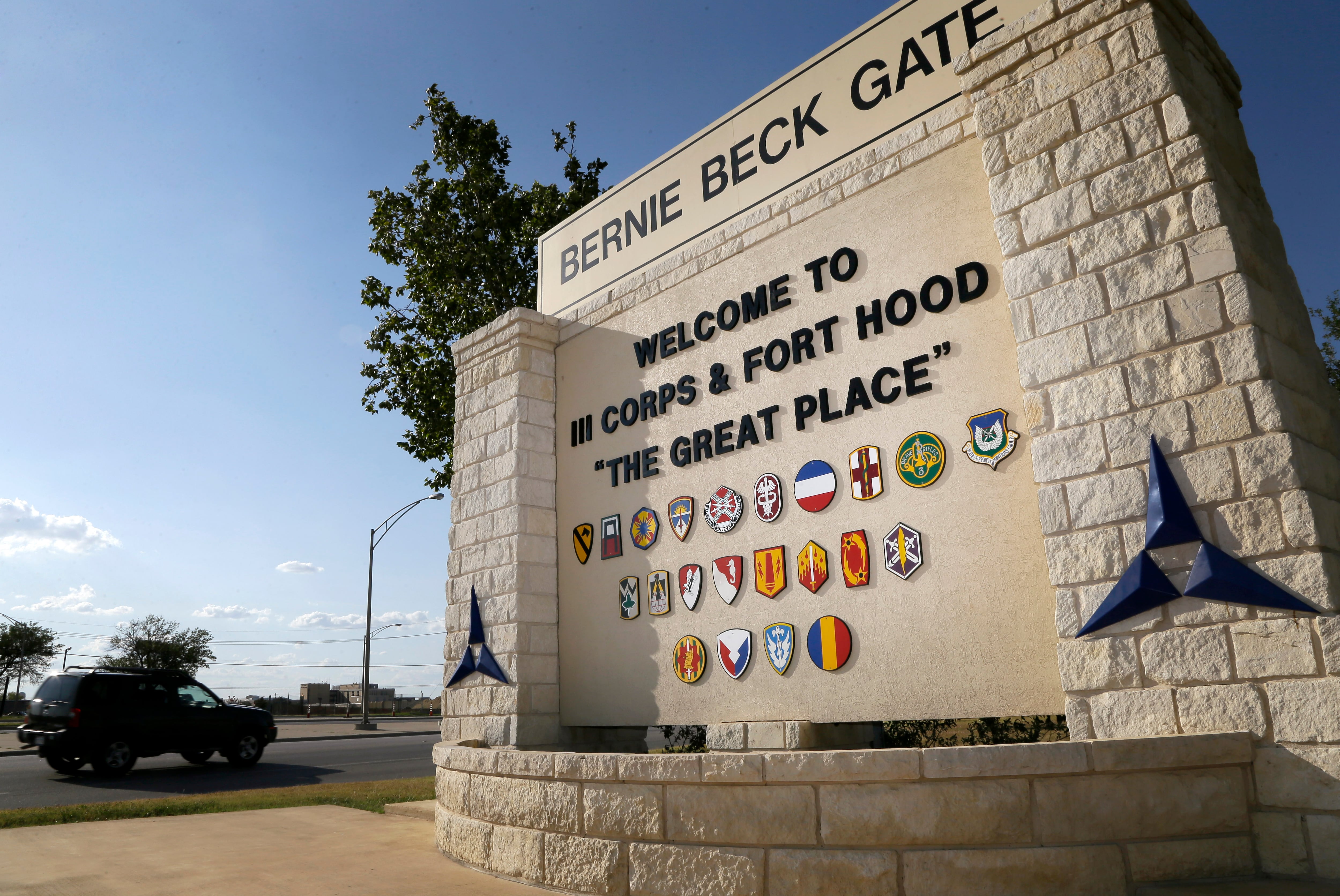The Army crossed the halfway mark in the final phase of shedding its Confederate base names when Georgia’s Fort Benning was rechristened Fort Moore on Thursday.
The ceremony, which removed the name of a pro-slavery secessionist firebrand, honored the late Lt. Gen. Hal Moore and his wife Julia.
The couple rose to prominence after Moore, then a lieutenant colonel, commanded the 1st Battalion, 7th Cavalry in Vietnam during the 1965 Battle of Ia Drang, the first large-scale confrontation between U.S. troops and North Vietnam’s regular army.
The harrowing three-day battle saw 79 of Hal’s troopers killed before the battalion was evacuated, and back at the post now bearing her name, Julia organized a support network that officials adopted and evolved into the modern Army’s casualty notification and assistance programs.
Both Moores are buried there today, surrounded by the 7th Cav soldiers who died at Landing Zone X-Ray.
Congress directed the name changes after a Defense Department commission studied what the best options would be after months of input from troops, veterans and community members. The commission’s deputy chair, retired Army Brig. Gen. Ty Seidule, told Army Times that seeing its recommendations carried out feels “incredible” and called the Moores’ story inspiring.
“Now, posts are named after inspirational leaders who reflect the values of the U.S. Army and America,” Seidule said in a text message. “No longer do we honor traitors for slavery who killed U.S. Army soldiers.”
Of the Army’s nine bases named for men who fought against its own soldiers during the Civil War, five now sport new names. Four more await their ceremonies.
- Fort Barfoot, Virginia, once Fort Pickett, was renamed on March 24 for Col. Van T. Barfoot, who received the Medal of Honor for his actions as a tech sergeant with the 45th Infantry Division during World War II in Italy in 1944
- Fort Novosel, Alabama, once Fort Rucker, was renamed on April 10 for Chief Warrant Officer Michael Novosel, who received the Medal of Honor for his work flying a medical evacuation mission in 1969 amid the Vietnam War — his third war as an Army aviator.
- Fort Gregg-Adams, Virginia, once Fort Lee, was renamed on April 27 for Lt. Gen. Arthur Gregg, the Army’s first Black three-star general, and Lt. Col. Charity Adams, a Black woman who commanded a postal battalion during World War II.
- Fort Cavazos, Texas, once Fort Hood, was renamed on May 9 for infantry Gen. Richard Cavazos, the service’s first Latino four-star. He received two Distinguished Service Crosses for his leadership under fire — one in Korea, and one in Vietnam.
- Fort Bragg, North Carolina, will become Fort Liberty on June 2.
- Fort Polk, Louisiana, will become Fort Johnson on June 13. The post’s namesake, Sgt. William Henry Johnson of the World War I “Harlem Hellfighters,” received the Medal of Honor in 2015 for his heroism in the trenches a century before.
- On Oct. 27, Fort Gordon, Georgia, will become Fort Eisenhower, named for five-star World War II general and U.S. president Dwight Eisenhower.
- Fort A.P. Hill, Virginia, does not yet have a date set for its transition to Fort Walker, named for Civil War surgeon and Medal of Honor recipient Mary Edwards Walker.
Davis Winkie covers the Army for Military Times. He studied history at Vanderbilt and UNC-Chapel Hill, and served five years in the Army Guard. His investigations earned the Society of Professional Journalists' 2023 Sunshine Award and consecutive Military Reporters and Editors honors, among others. Davis was also a 2022 Livingston Awards finalist.





